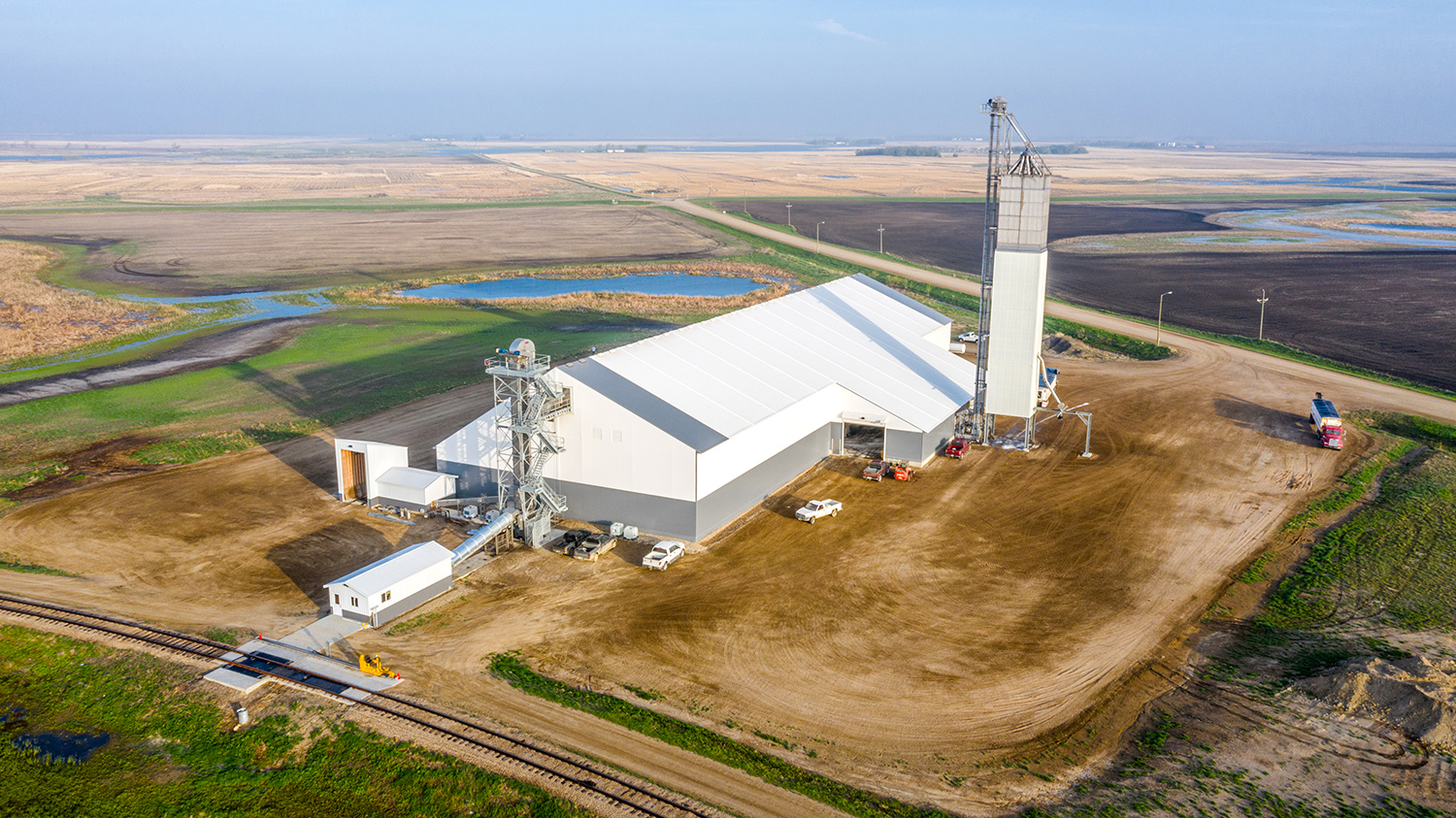Attention Contractors, Fabric Structures Have Evolved

If the last year has taught us anything, it taught us to think differently about how to operate a business when many of your assumptions are blown out of the water.
We talk to a lot of general contractors as part of our business, and we still run into outdated misconceptions about the nature of fabric buildings in general and our tension fabric structures in particular.
As we all hit the reset button on our operations, we wanted to address the most common misunderstandings about Legacy’s buildings.
Myth: Fabric Buildings aren’t Durable
This is a big one for us. If you look at an air-supported fabric structure (we call them bubbles), and think that’s what a fabric structure is, we have news for you. Legacy buildings are constructed using solid steel I-beam frames and a proprietary PVC fabric that is both beautiful and strong. We also offer multiple frame paint finishes including epoxy coatings that protect our frames from rust. Our engineering team designs structures that can stand up to wind, snow and seismic conditions. A recent “inland hurricane” called a derecho was yet another example of our buildings standing up to Mother Nature.
When Legacy first started, durability and quality were the twin engines that drove us. They drove our choice of materials, the processes we used to fabricate our structures and the principles that our crews follow during installation. If you have any doubts, let’s talk about our warrantees.
Myth: Fabric Buildings Are Temporary
Of course, some fabric buildings are temporary, but Legacy’s structures are designed to be permanent. When you look at the array of materials we use, you begin to get the picture. All of our structures require an engineered foundation. Our proprietary industrial fabric--Exxotec™ Elite--has a 25-year warranty for our 28-ounce material. All of our work over the past decade has been in the direction of durability, quality and permanence.
That doesn’t mean our structures can’t be moved. Some of our customers have moved them. If you need to, they can also be disassembled and moved, but we encourage you to use our crews for that. We prefer to think of our buildings as permanent-- but mobile.
Myth: Fabric Buildings Won’t Meet Energy Code
There are fabric structures that consist of one sheet of fabric cladding and that’s it. That’s not us. We use fabric panels on solid steel frames, and that gives our customers the opportunity to purchase a building that’s fully insulated, lined, heated, cooled and a great deal more. We have buildings in cold places (Northern Alberta, Andes Mountains) and hot places (Guam, Florida) that easily comply with local energy codes.
Myth: Fabric Buildings Aren’t Allowed in Some Cities
Legacy’s unique approach to tension fabric structures gives us the ability to abide by national and international building codes. We use the same design software that’s standard for the metal building industry. You can take our drawings and blueprints to any county engineer or city building inspector, and they will instantly understand them. No translation is necessary.
Myth: Fabric Buildings Can’t Be Customized
There are certainly many companies out there who manufacture pre-designed, pre-fabricated, off-the-shelf structures. Again, that’s not us. Every building we design, fabricate and construct is a custom job—from a salt storage building for a Department of Transportation to a fieldhouse for Stony Brook University. By designing everything from scratch, we can deliver to you, the building owner, precisely what you need, both now and for your future needs. Need to add a crane? We can do that. Need to add a mezzanine? We do that too. Need a structure that can contain a hockey arena, an aquatic center AND a community center? Let us introduce you to the Fox Creek Multiplex.
One of our favorite exercises is walking a contractor or engineer or architect through the details of our tension fabric structures. Sometimes we even get to walk them through an actual building (such as the four buildings that make up our headquarters). We love to see when the lights go on as they begin to realize just how different Legacy is. We are sure we haven’t addressed all your contractor questions, so please contact us so we can walk you through (virtually or physically) the Legacy difference.
Subscribe to our Blog
Recent Posts
- 5 Factors Every Project Owner Should Consider Before Approving Building Materials
- The 20-Year View: How Material Choices Impact Long-Term Operational Costs
- Climate Resilience in Commercial Construction: Why Traditional Methods May Not Be Enough
- Speed and Quality: The Role of Hybrid Building Materials
- Beyond the Bleachers: Designing Visually Striking Sports Facilities


